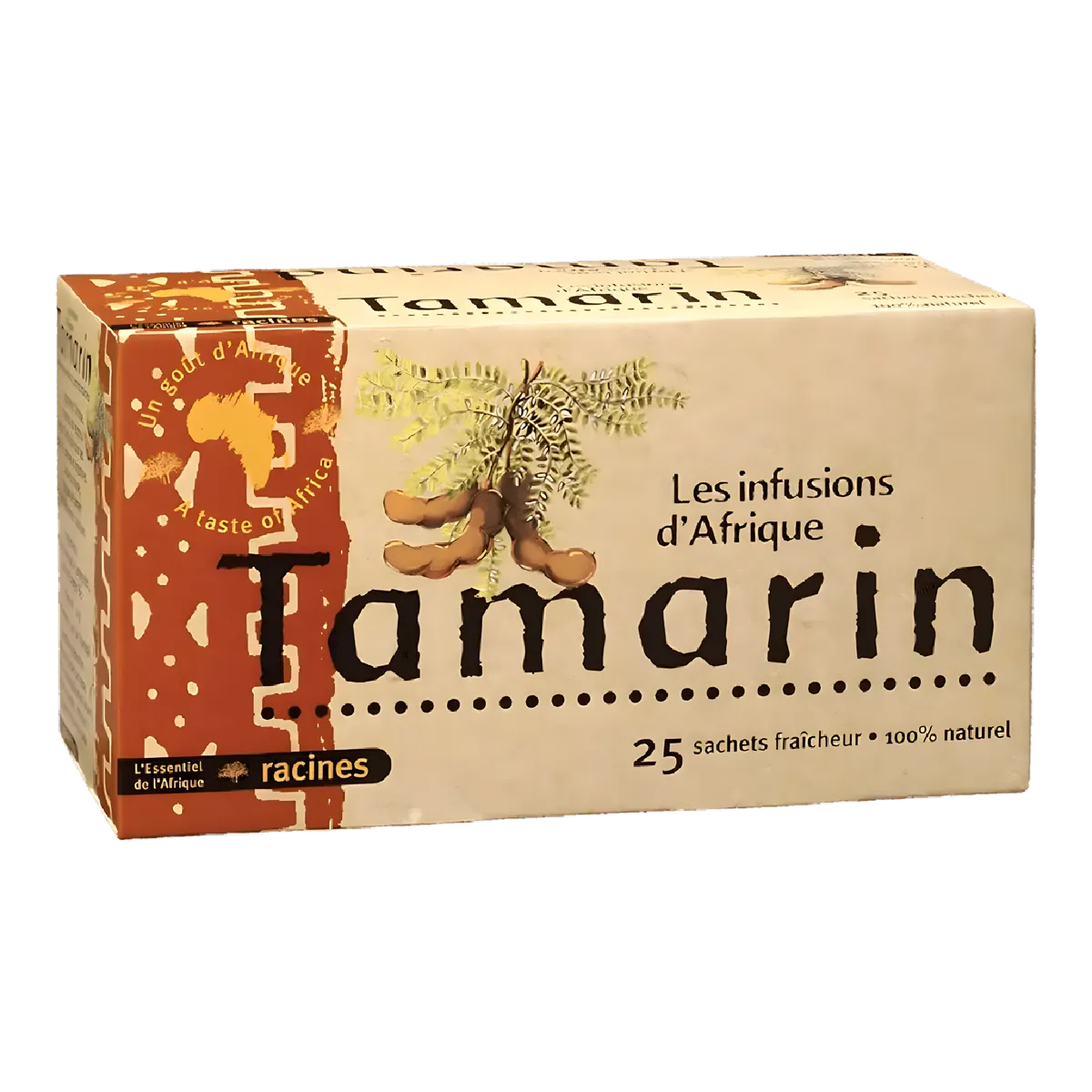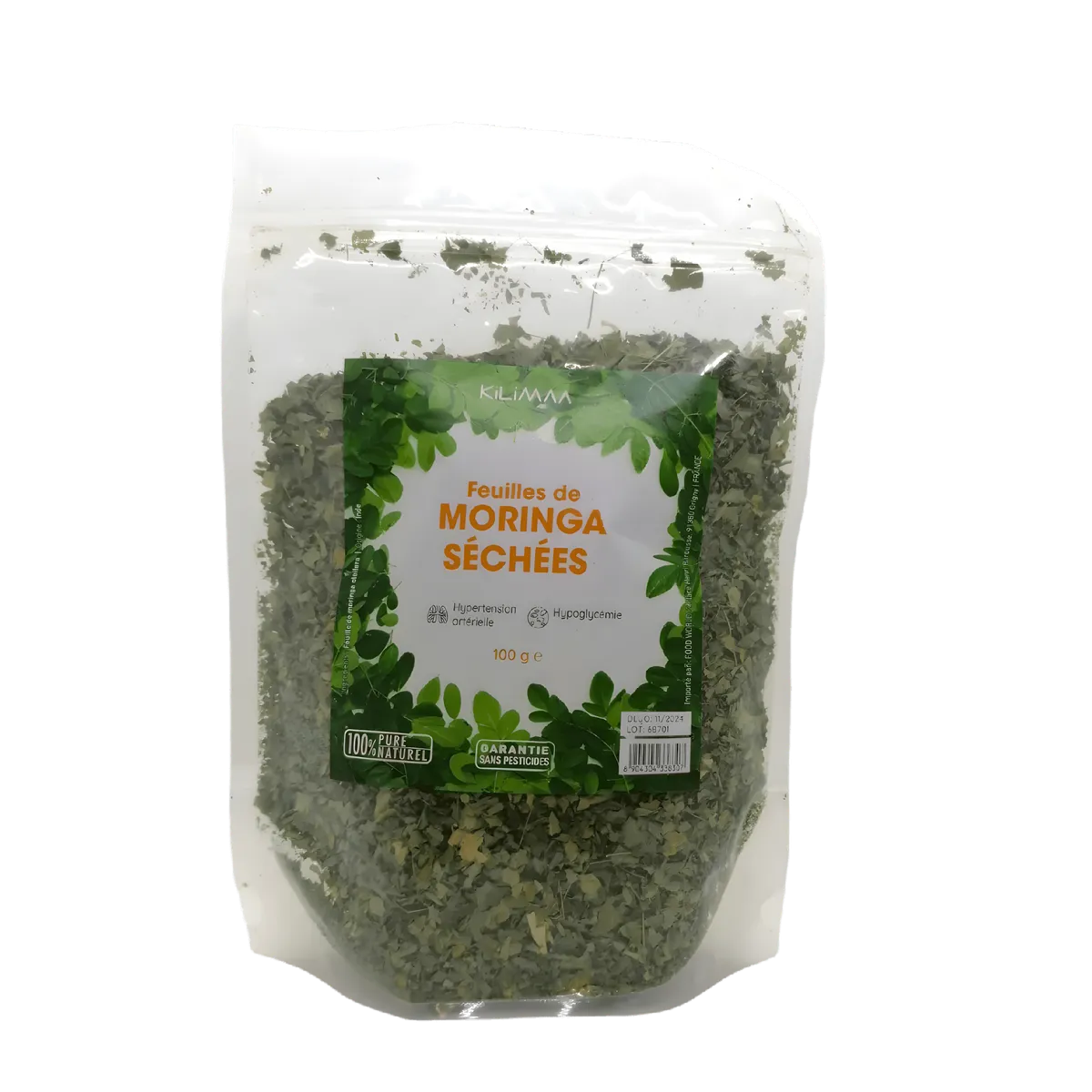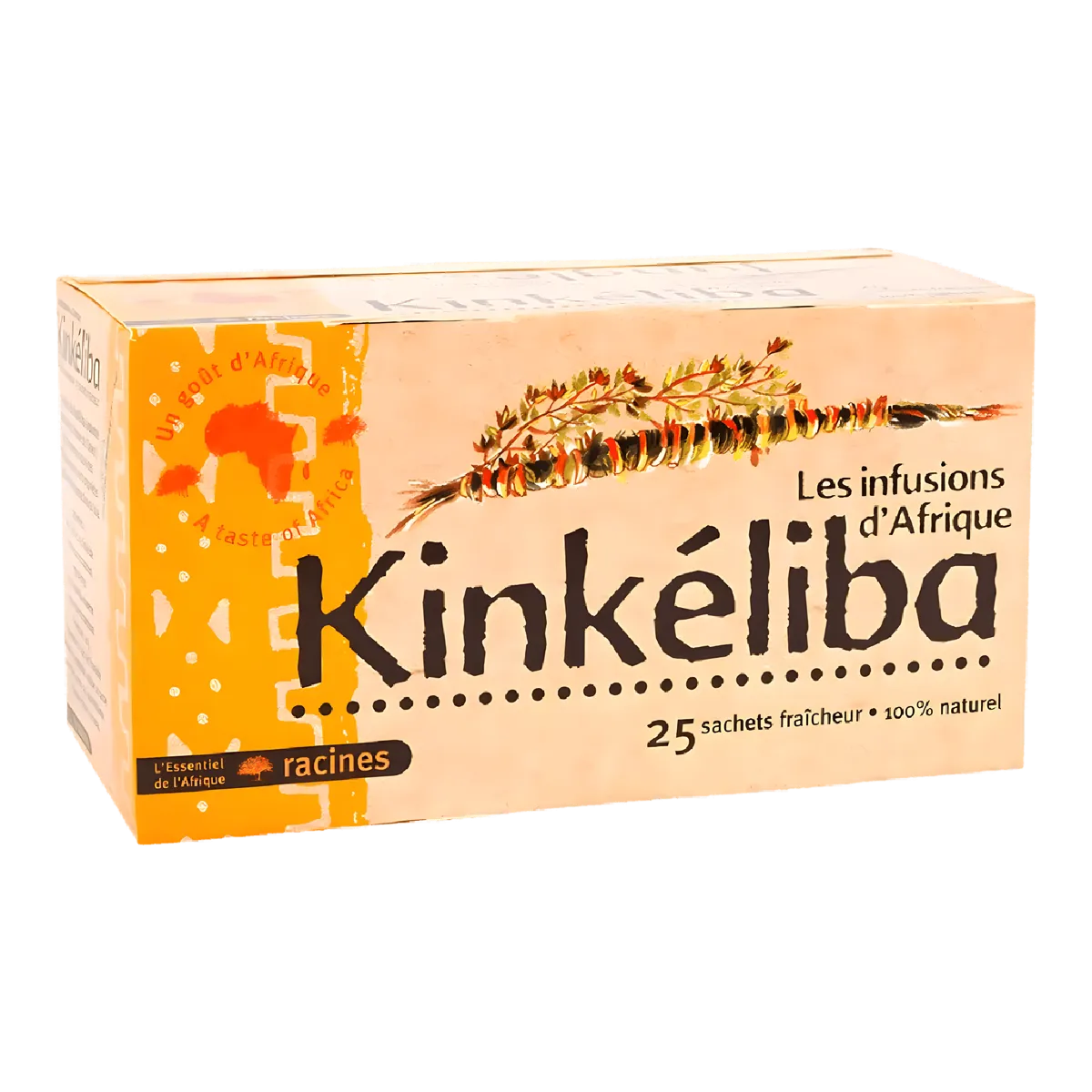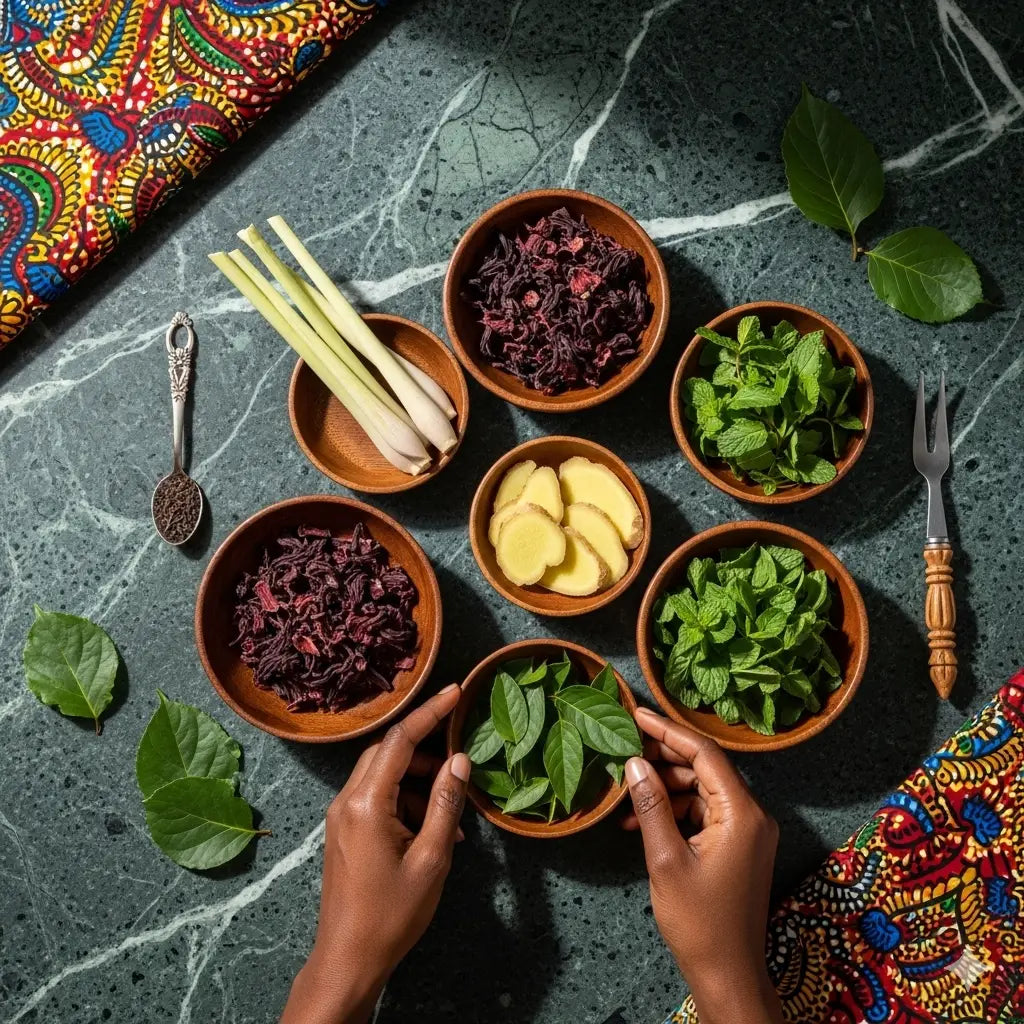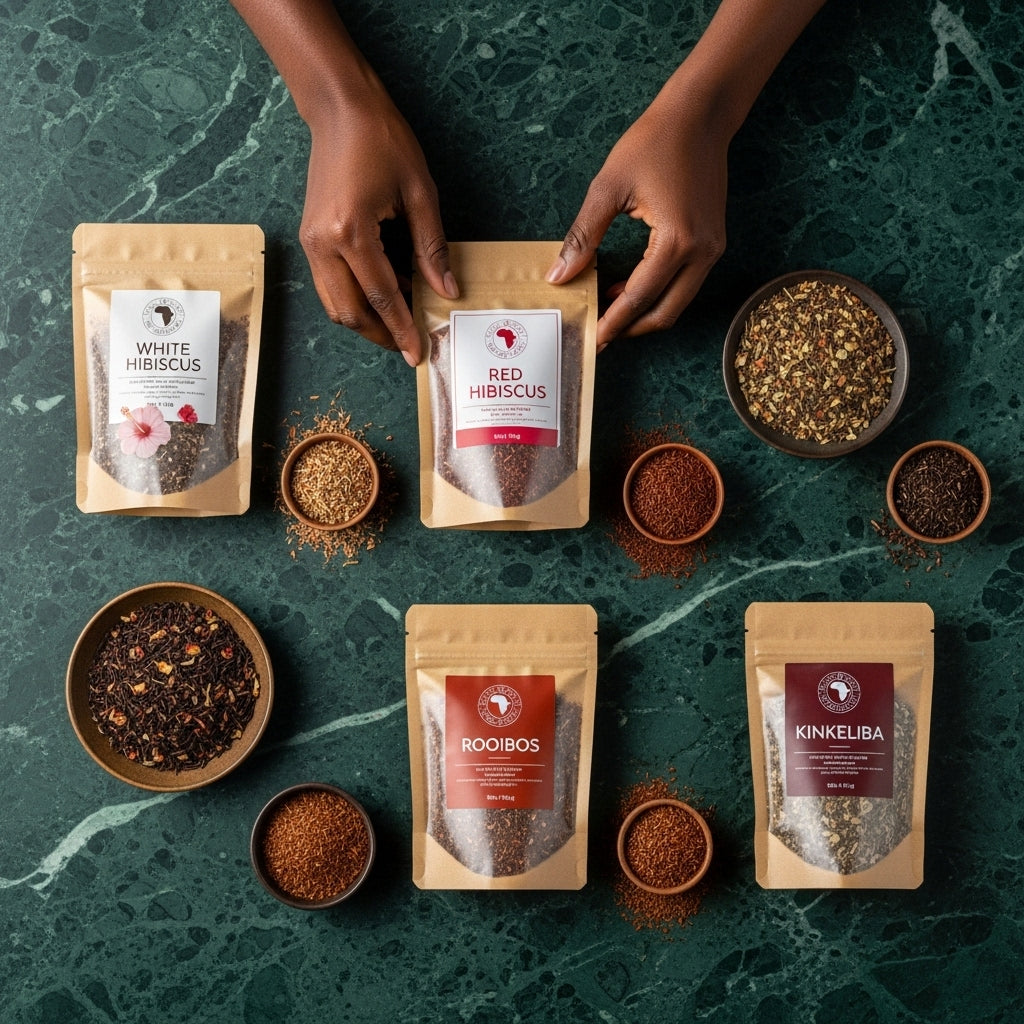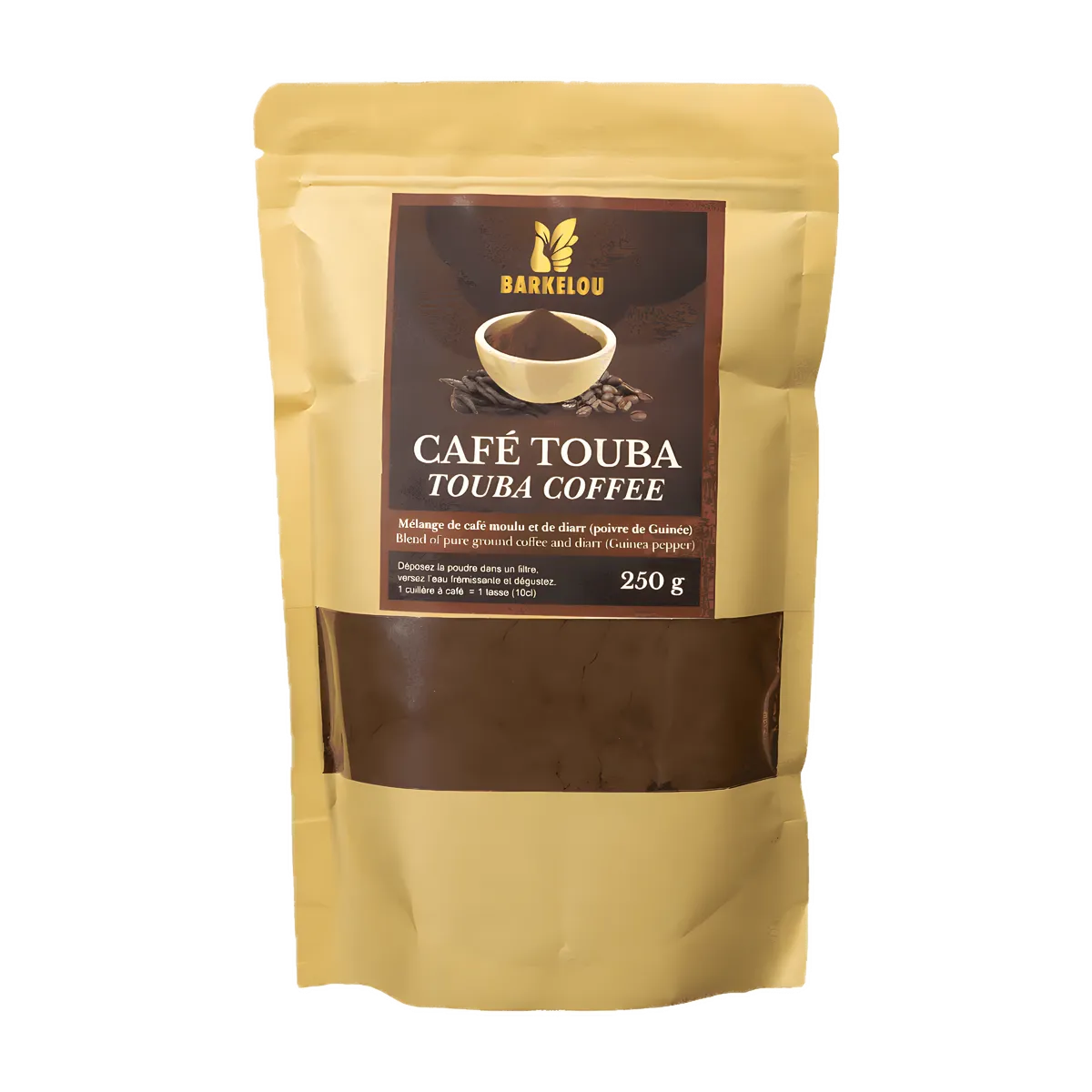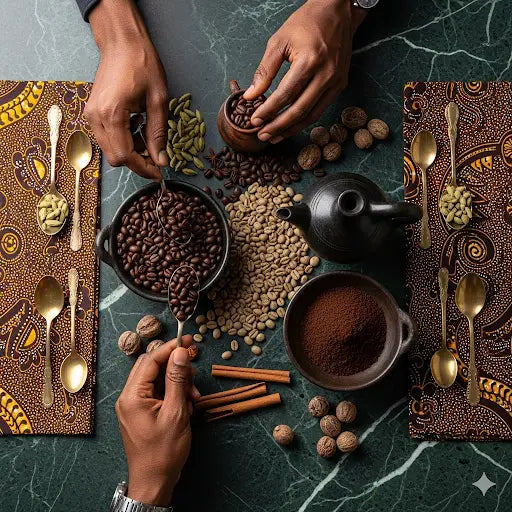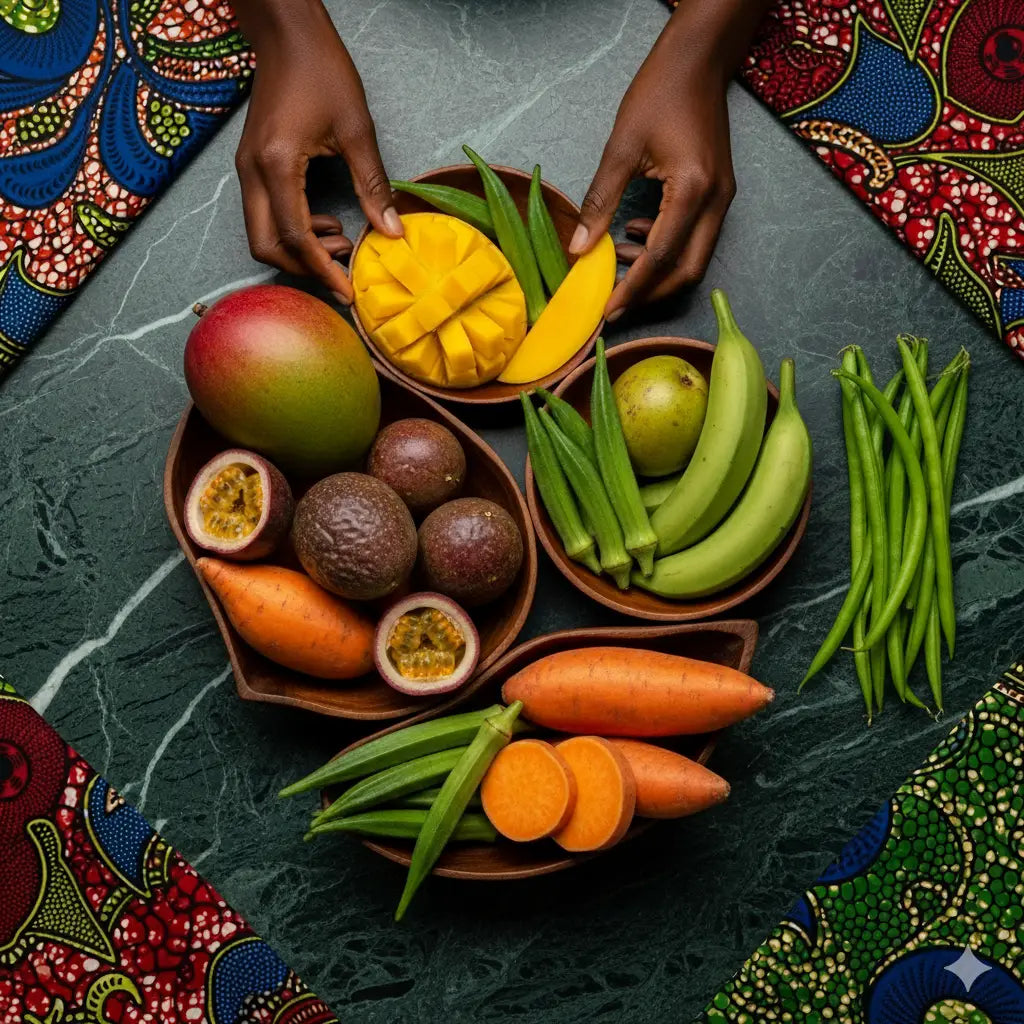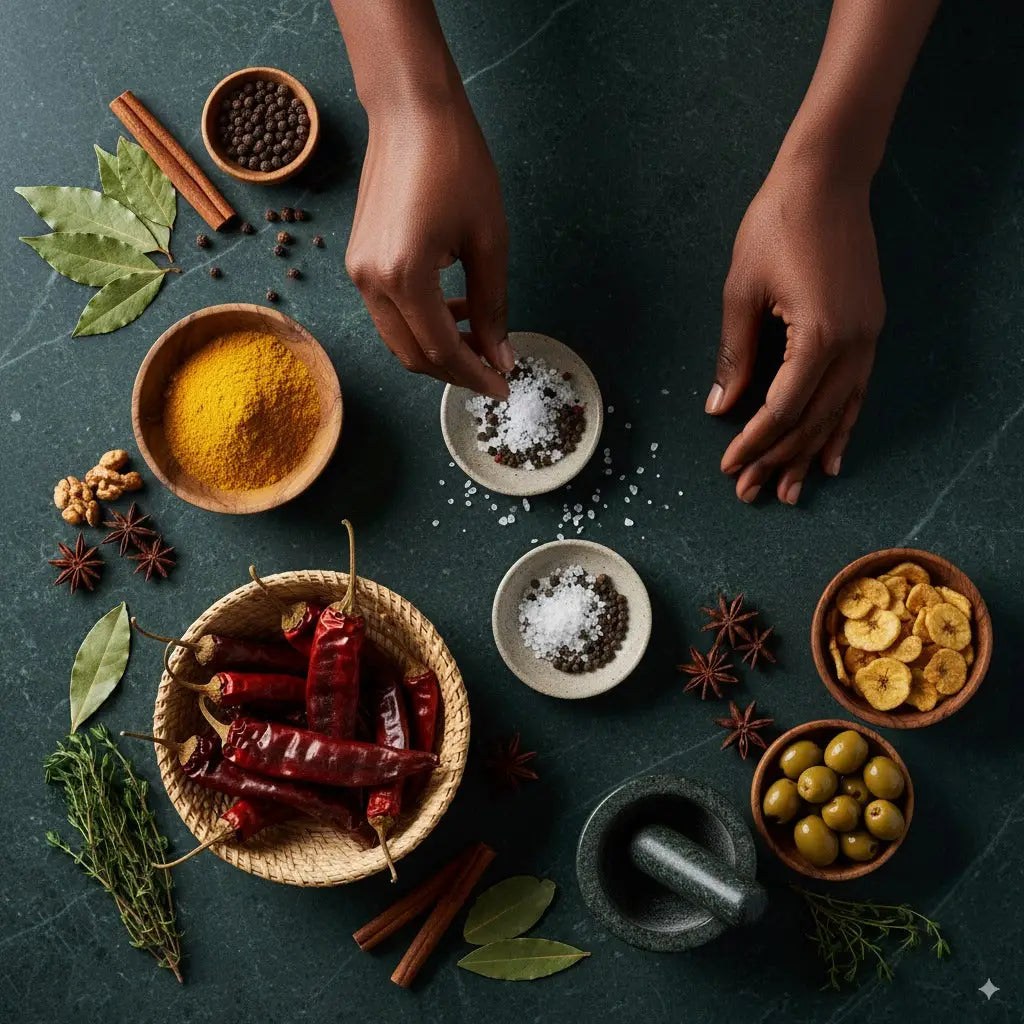Journey of the Senses with African Eggplant Leaves
Discover the exotic splendor of African eggplant leaves, also known as Gboma or Bilolo. These nutrient-rich green leaves are the quintessence of African cuisine. Their delicate flavor and fresh texture make them a great ingredient for transforming your everyday dishes into culinary masterpieces.
Quality that makes the Difference
Gboma leaves are distinguished by their tenderness and versatility in cooking. Used in a multitude of traditional recipes, this African spinach not only offers a unique taste but also a significant nutritional contribution, delighting lovers of authentic flavors.
Your Benefits at a Glance:
- Nutritional richness: A natural and healthy source of energy.
- Culinary versatility: Perfect for soups, stews and side dishes.
- Freshness guaranteed: Brings a delicate and fresh taste to every bite.
How to Enhance Your Dishes:
Add these leaves to your soups for a flavorful twist, or add them to your stews for a soft texture. They also make a delicious garnish for your stews, offering unparalleled freshness and a burst of flavor to every meal.
Frequently Asked Questions about African Eggplant Leaves:
What is the difference between Gboma leaves and regular spinach?
Gboma leaves, compared to classic spinach, are more tender and have a more distinct and delicate taste, rich in nutrients.
How to store African eggplant leaves?
To keep them fresh, refrigerate them in a perforated bag and consume them within 3 to 5 days of purchase.
Can you eat the leaves raw?
Although they are usually cooked, you can also incorporate them raw into salads for a unique taste.
What dishes do they pair best with?
They go perfectly with meat and fish dishes and vegetarian stews.
Where can I buy these sheets?
You can buy the African eggplant leaves in specialized African grocery stores and on online merchant sites dedicated to fresh produce.
